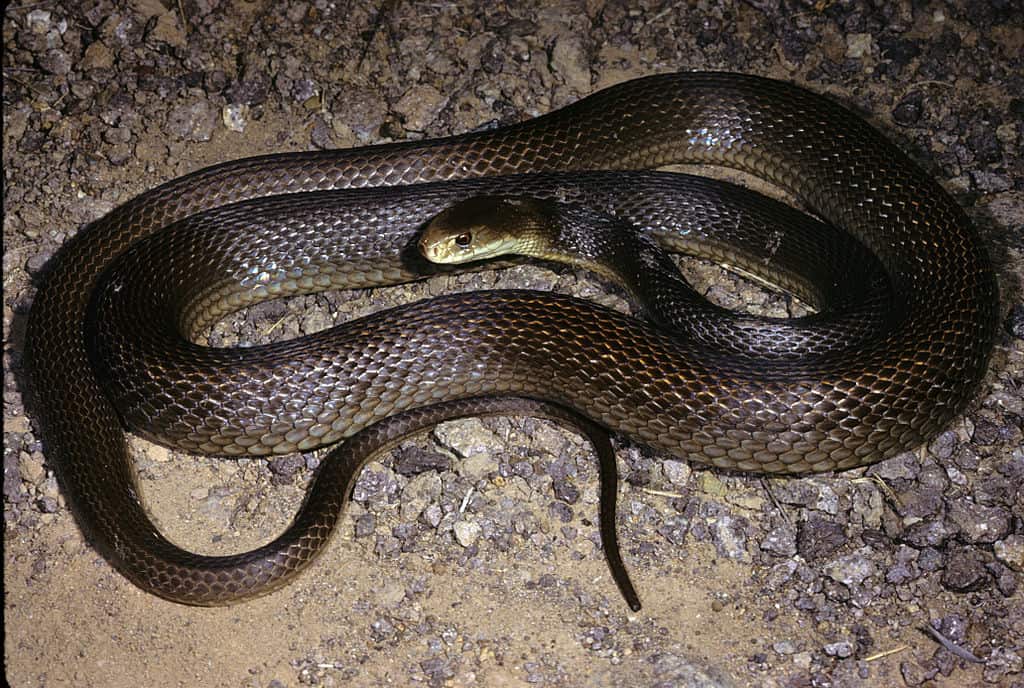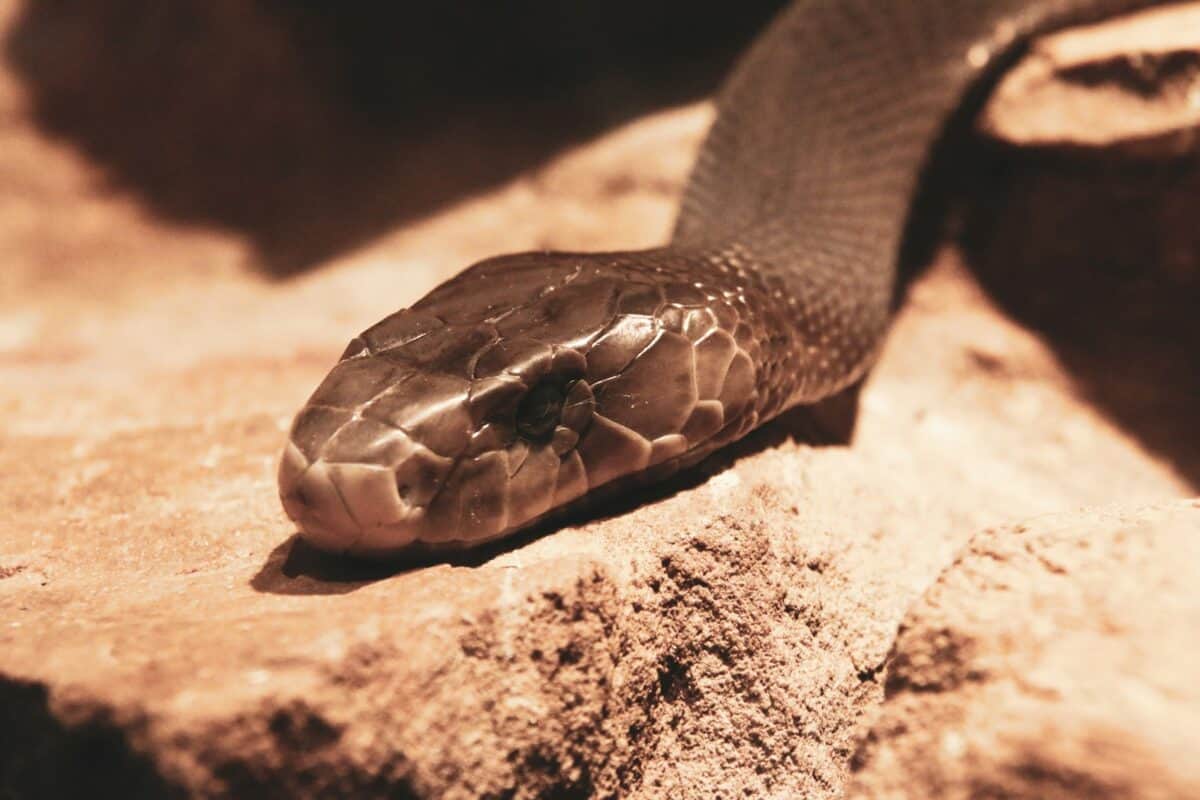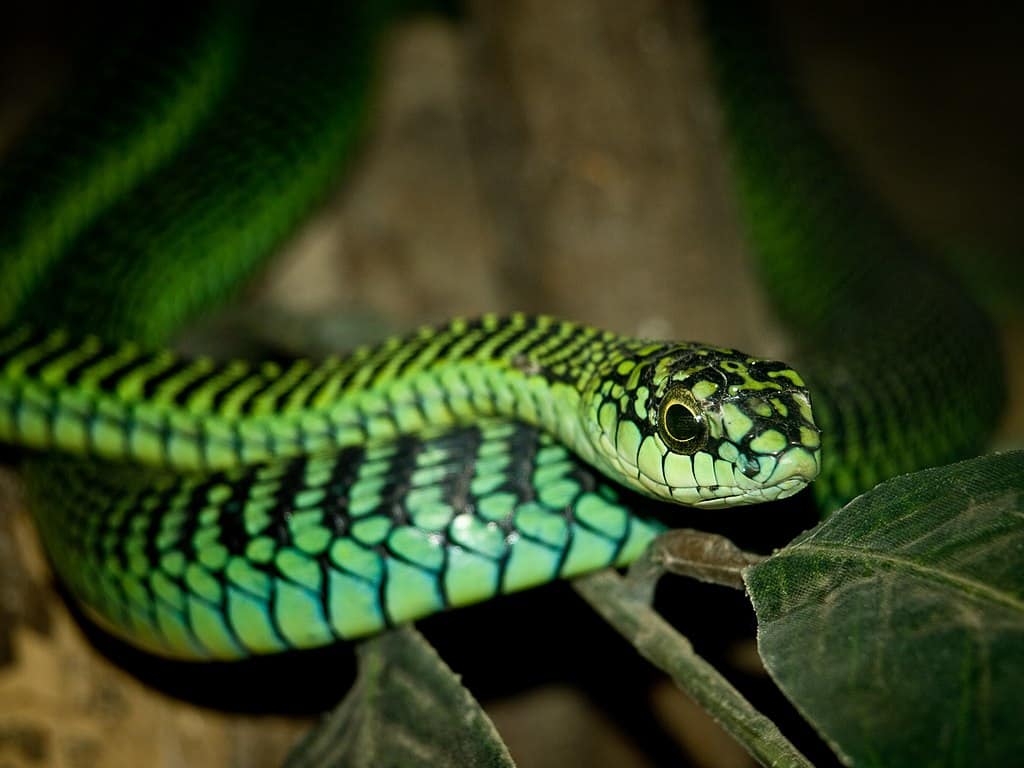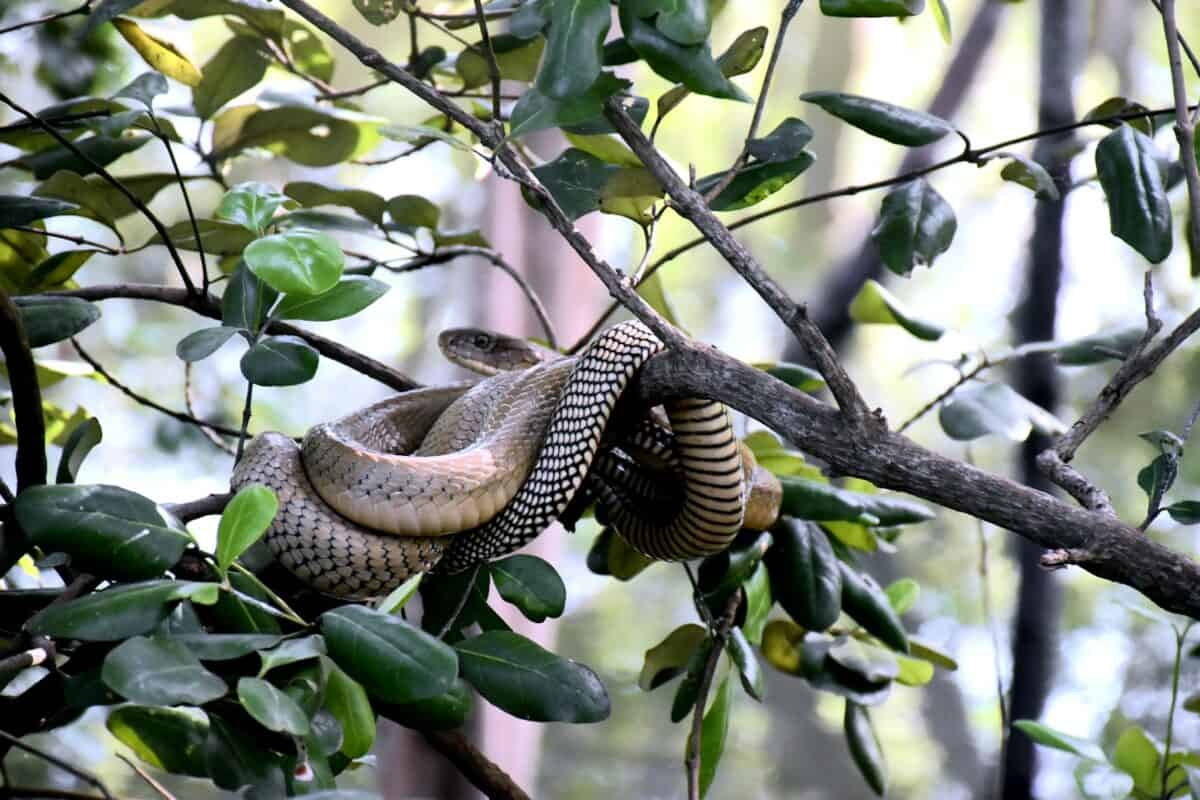In the grand tapestry of Earth’s biodiversity, few creatures instil as much awe and caution as venomous snakes. Across the planet, these fascinating reptiles command respect with their powerful toxins and survival adaptations. This article delves into the world of serpentine danger, ranking the 15 most venomous snakes and providing insights into their characteristics, habitats, and behaviours. Join us as we explore these incredible predators and the roles they play in our ecosystems.
Introduction to Venomous Snakes

Venomous snakes have captivated human attention for centuries, featuring prominently in folklore, religion, and medicine. These snakes possess specialized venom glands that allow them to deliver potent toxins through their bites. Although feared, they serve essential ecological roles in controlling pest populations and maintaining natural balance. Understanding these reptiles’ perceptions and behaviors is crucial for debunking myths and appreciating their place in nature.
15. Inland Taipan

Known as the fiercest snake on the planet, the Inland Taipan, also called the “fierce snake,” boasts the most toxic venom of any snake. Native to central Australia’s arid regions, this elusive serpent’s venom is neurotoxic, capable of killing a human swiftly. Fortunately, it is shy and rarely encountered by humans, significantly reducing the risk of envenomation.
14. Eastern Brown Snake

Australia is home to the Eastern Brown Snake, renowned for its speed and aggression when threatened. Responsible for the majority of snakebite fatalities in its native country, this snake’s venom is highly neurotoxic and can cause paralysis in minutes. Its adaptability to human-altered environments increases the chances of encounters, emphasizing the need for awareness and caution.
13. Coastal Taipan

The Coastal Taipan, another Australian native, possesses a venom that acts quickly to incapacitate prey. Found in northern and eastern regions, it prefers warm, coastal habitats. This snake is both agile and alert, making it a formidable hunter. Its venom is potently neurotoxic and hemotoxic, necessitating rapid medical intervention following a bite.
12. Black Mamba

Africa’s fearsome Black Mamba is infamous for both its speed and deadly venom. Capable of striking repeatedly with extreme precision, its bite can be fatal without prompt treatment. Black Mambas inhabit a variety of African landscapes, from savannas to forests, and are among the largest venomous snakes, reaching lengths over 10 feet.
11. King Cobra

The largest venomous snake, the King Cobra, is found in forests throughout Southeast Asia. Known for its impressive hood and intimidating presence, this snake has neurotoxic venom that can cause respiratory failure in large mammals. Despite its fearsome reputation, King Cobras are generally shy, avoiding human confrontation when possible.
10. Banded Krait

The Banded Krait’s distinctive black and yellow bands make it a recognizable member of Southeast Asia’s snake fauna. This nocturnal snake prefers to ambush prey, using venom that quickly paralyzes and digests its victims. Encounters with humans are rare, as the Banded Krait typically avoids populated areas.
9. Boomslang

A native of sub-Saharan Africa, the Boomslang boasts one of the most potent hemotoxic venoms. Unlike many other snakes, it relies on its large eyes and remarkable vision to hunt during the day. Though the Boomslang is generally reclusive, its potent venom requires cautious handling by experienced professionals.
8. Tiger Snake

Tiger Snakes inhabit Australia’s southern regions, thriving in diverse environments from coastal wetlands to alpine meadows. Known for their banded appearance, these snakes have venom that disrupts blood clotting and causes paralysis. They are typically non-aggressive unless provoked, posing a low threat to informed humans.
7. Russell’s Viper

Residing primarily in South Asia, Russell’s Viper is renowned for its aggressive nature and deadly bite. Its venom includes a mix of hemotoxins, neurotoxins, and myotoxins, causing a wide array of symptoms. This species’ prevalence near human communities accounts for numerous snakebite incidents each year.
6. Saw-scaled Viper

One of the smallest yet most dangerous snakes worldwide, the Saw-scaled Viper resides across Asia and parts of Africa. Its distinctive warning sound, produced by rubbing its scales together, alerts potential threats. Despite their size, these snakes have a highly toxic venom that requires immediate medical attention following a bite.
5. Fer-de-Lance

The Fer-de-Lance, a formidable pit viper, prowls the forests and plantations of Central and South America. Its camouflaged appearance aids in ambushing prey, while its venom causes rapid tissue damage. Encounters with humans often have severe consequences, necessitating respect and careful navigation in its habitat.
4. Belcher’s Sea Snake

Though rarely encountered by humans, the Belcher’s Sea Snake holds a place among the most venomous marine snakes. Inhabiting warm coastal waters of the Indian and Pacific Oceans, it prefers to dine on fish. Fortunately, its gentle nature and remote habitat minimize human interactions, reducing the risk of envenomation.
3. Many-banded Krait

Native to Southeast Asia and China, the Many-banded Krait is recognized by its alternating bands of black and white. Its neurotoxic venom is capable of causing severe paralysis, making it highly dangerous. However, it tends to be docile, and bites typically occur when humans accidentally handle them.
2. Eastern Coral Snake

North America’s Eastern Coral Snake is as dangerous as it is colorful. Its venom, a potent neurotoxin, requires careful identification and respect to prevent accidental encounters. Despite its venom’s lethality, this snake is secretive and non-aggressive, preferring to elude humans whenever possible.
1. Philippine Cobra

The Philippine Cobra, native to the Philippine archipelago, possesses a deadly neurotoxic venom. This snake is adept at spitting venom, potentially causing blindness if it strikes the eyes. Known for its defensive behavior, the Philippine Cobra demands respect and caution within its range.
Understanding the most venomous snakes enriches our appreciation of the intricate balance within ecosystems and fosters a healthy respect for these misunderstood creatures. Through continued research and education, we can foster coexistence with these remarkable reptiles, ensuring their conservation while safeguarding human communities. Embracing knowledge over fear allows us to appreciate the vital roles venomous snakes play in the natural world, underscoring the importance of preserving biodiversity for future generations.
- The Coldest Town in America—And How People Survive There - August 9, 2025
- How Some Birds “Steal” Parenting Duties From Others - August 9, 2025
- 12 Deep-Sea Creatures You Won’t Believe Exist - August 9, 2025

